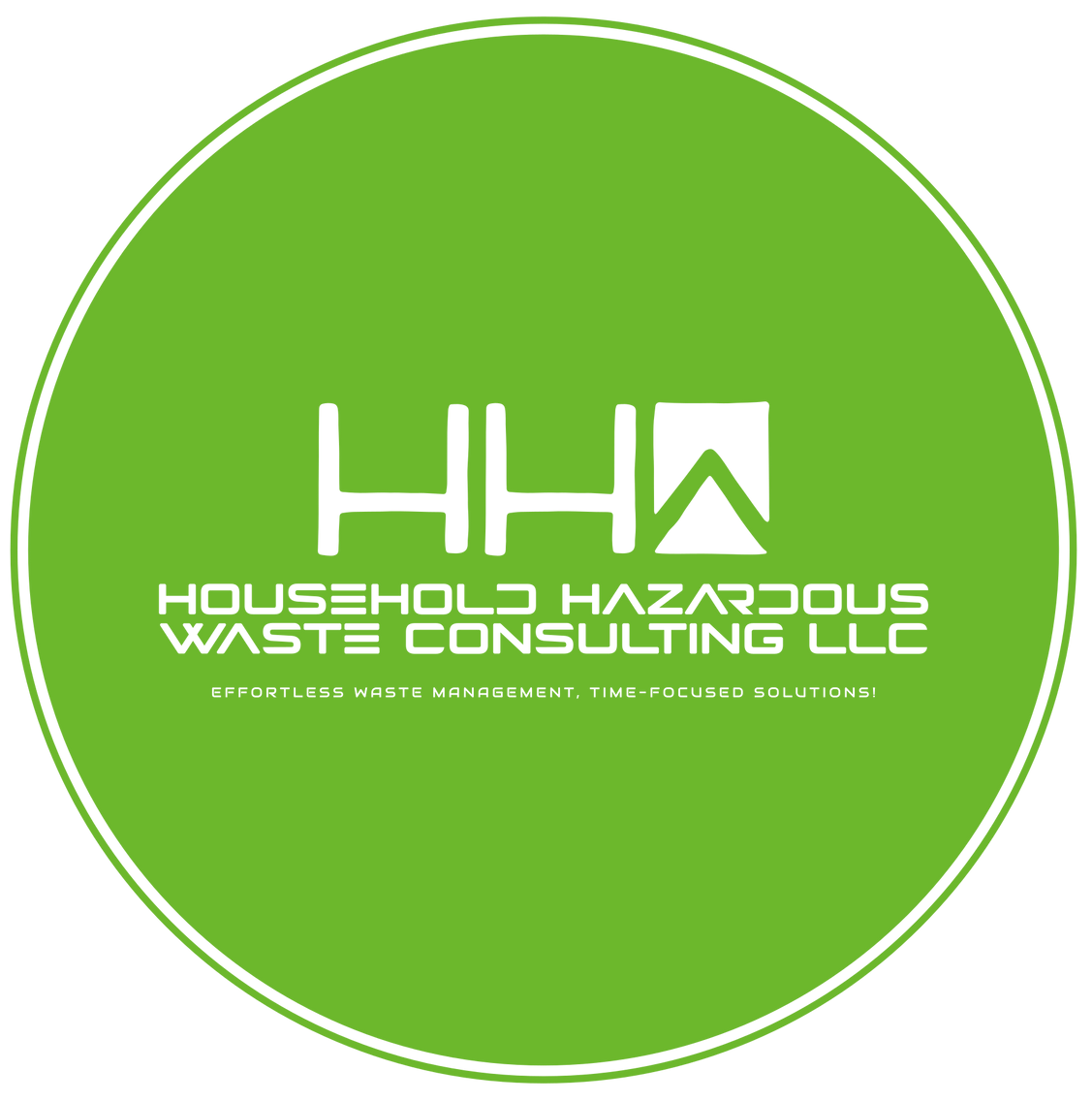UN Drum Ratings for Dummies: A Comprehensive Guide to Packaging Hazardous Waste

When it comes to packaging hazardous waste, understanding UN drum ratings is crucial for ensuring safety and compliance with international standards. If you’re new to this, don’t worry – we’ve got you covered with this easy-to-follow guide.
What are UN Drum Ratings?
UN ratings on drums are international standards that indicate a drum has been tested and certified for safely transporting hazardous materials. Each rating includes vital information about the type of drum, its material, performance capabilities, and the types of contents it can safely hold.
Breaking Down the UN Drum Ratings:
Let’s take a closer look at each component of a UN drum rating:
UN Symbol:
- This is usually a circle with "UN" inside, signifying compliance with United Nations recommendations for hazardous materials.
Packaging Code:
- This code tells you the type of container and material. Common codes include:
- 1A1: Steel drum, non-removable head
- 1A2: Steel drum, removable head
- 1H1: Plastic drum, non-removable head
- 1H2: Plastic drum, removable head
Performance Level:
- Indicates the drum’s tested performance level:
- X: Suitable for Packing Groups I, II, III (most hazardous)
- Y: Suitable for Packing Groups II, III
- Z: Suitable for Packing Group III (least hazardous)
Specific Gravity or Weight:
- Indicates the maximum specific gravity of liquids or maximum gross weight of solids. For example, "1.8" means the drum can hold a liquid with a specific gravity up to 1.8.
Hydrostatic Test Pressure:
- Expressed in kilopascals (kPa), this indicates the pressure the drum can withstand. For instance, "100 kPa" means the drum has been tested to withstand 100 kPa of internal pressure.
Year of Manufacture:
- Indicates the year the drum was made. For example, "2024" means the drum was manufactured in 2024.
Country Code:
- This two-letter abbreviation shows the country where the drum was manufactured, such as "USA" for the United States.
Manufacturer’s Code:
- The unique code assigned to the drum manufacturer.
How to Apply UN Ratings to Packaging Hazardous Waste:
Identify the Hazardous Waste Type:
- Determine the Packing Group (I, II, III) based on the hazard level.
Select the Appropriate Drum:
- Choose a drum with a packaging code and performance level matching the hazard level of the waste.
- Ensure the drum’s specific gravity rating matches or exceeds the specific gravity of the liquid waste.
Verify Hydrostatic Test Pressure:
- Make sure the drum can withstand the necessary internal pressure for liquid wastes.
Check Manufacturer’s Details:
- Confirm the year of manufacture, country code, and manufacturer’s code for compliance and traceability.
Labeling and Documentation:
- Properly label the drum with the correct UN rating.
- Ensure all documentation reflects the appropriate UN rating for the waste being transported.
Example UN Drum Rating Breakdown:
Here’s an example to illustrate how these components come together:
- 1H2/X1.5/250/24/USA/M12345
- 1H2: Plastic drum, removable head
- X: Suitable for Packing Groups I, II, III
- 1.5: Maximum specific gravity of 1.5 for liquids
- 250: Hydrostatic test pressure of 250 kPa
- 24: Manufactured in the year 2024
- USA: Made in the United States
- M12345: Manufacturer’s unique code
Important Tips for Safe Packaging:
- Always ensure drums are in good condition and free from damage.
- Follow all local, state, and federal regulations for hazardous waste transportation.
- Keep records of drum specifications and waste compatibility for compliance and safety.
By understanding and applying these UN drum ratings, you can ensure the safe and compliant packaging of hazardous waste. Remember, proper handling and accurate information are key to maintaining safety and regulatory compliance.


